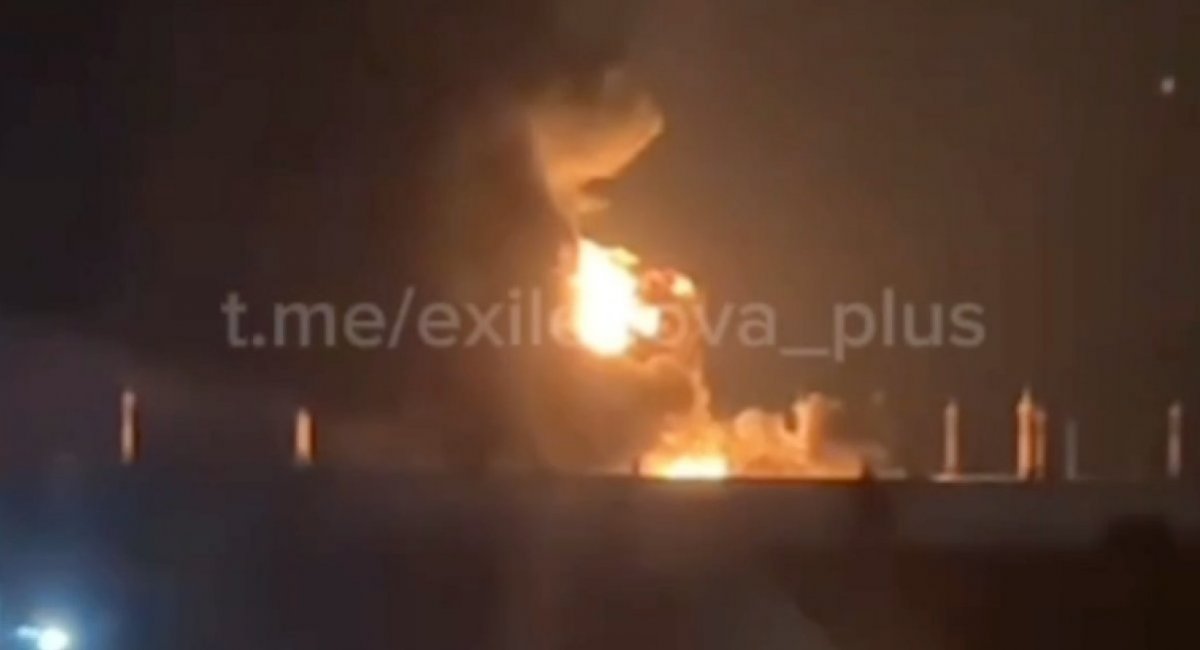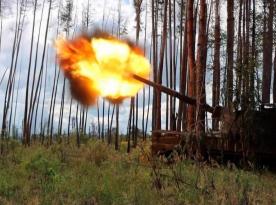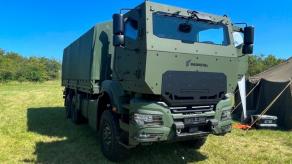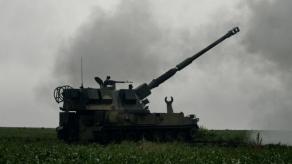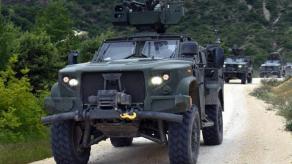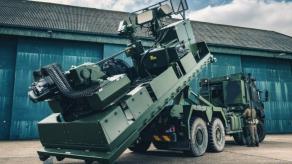Several days ago, on the night of January 8, Ukrainian long-range drones attacked the Kombinat Kristall oil storage facility of russia's Federal Agency for State Reserves in the Saratov region. That is where russians stored specific aviation fuels for their Tu-95MS and Tu-160 bombers, meaning devastating consequences of the strike, potentially leaving russian strategic aircraft grounded for some time. Damage was confirmed by the General Staff of the Armed Forces of Ukraine.
Today, January 11th early morning, the said oil depot was still burning for the fourth day in a row. Firefighters struggle to put out the fire, as the Saratov region governor Roman Busargin acknowledged in his social media post of, mentioning "burning fuel" and "experts taking all necessary measures." According to official reports, the area consumed by flames has shrunk by around 80% due to the ongoing efforts.
Read more: Ukraine's Strike on Kristall Oil Depot Can Leave russian Tu-160s Grounded Without Special Fuel
FIRE AT RUSSIAN INDUSTRIAL FACILITY "CONTAINED" POST-UKRAINIAN DRONE STRIKEThe inferno at a key industrial site in Engels, ignited by an alleged Ukrainian drone attack, is now managed.The fire, close to an airbase hosting nuclear-capable bombers, resulted in the tragic… pic.twitter.com/h6fMHeLlt1— InfoBites (@InfoBites0) January 11, 2025
At the same time, another drone attack was commenced, with drones spotted passing through the airspace of the Saratov region Saturday. In the fresh videos published online, quite possibly heading towards the same military air base in Engels or nearby objects. One of the local fishermen who filmed a drone flying toward Engels was the "second one."
The russians also published screenshots of a message received from the Ministry of Emergency Situations about a drone strike threat in the Saratov region in the afternoon. Locals also complain about drones observed in the area on January 10, although those were probably headed to other targets, as in the end they just flew by the airbase and the burning oil depot.
As of the time of this publication, no reports have been published regarding any struck facilities in russia or the possible destination of the Ukrainian attack drones.
In the context of the attacks on Engels, it should be recalled that it was at this airbase that the russians decided to hide some of their Su-34s after Ukraine received permission to strike deep into the russian territory using ATACMS ballistic missiles and Storm Shadow/SCALP-EG cruise missiles supplied by international partners. However, a drone attack leaves the russian aircraft enough time to leave the airbase.
Read more: russia Faces Its Largest Coordinated Drone Attack, Key Hubs from Krasnodar to Kerch Are Targeted



